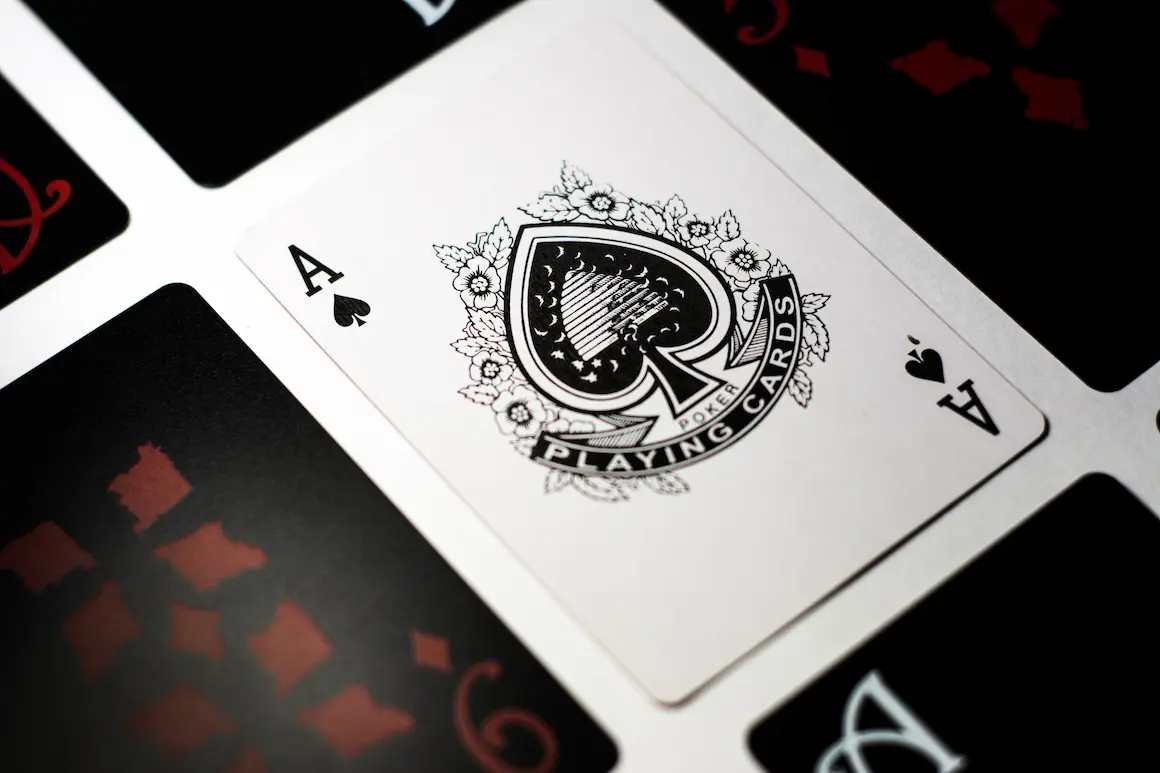 Article Contributors
Article Contributors In all types of online poker, there’s a concept and phenomenon called a stack. Today we’ll figure out what it is, what types of stacks there are, how they’re divided, and how to evaluate your stack at the poker table.
If you’re even a little familiar with poker, you already know that the stack is your chips that you use to play at a particular table. There are five types of stacks, which we will cover in more detail in our article today.
What’s a stack in poker?

A stack is poker chips, your currency at the playing table. Your stack belongs to you, and only you can use it to place bets during the game.
The stack isn’t constant in its size and will vary depending on the size of the minimum bet, agreed in advance for a particular table. Stack sizes have a very significant impact on the entire process of the player’s game. The pros advise you to be careful if your stack is quite large.
How do you calculate your stack?
As a rule, you must understand how many blinds you can fit in your stack. This number is counted according to a formula: divide the total number of your chips by the size (price) of the big blind, a mandatory bet made by the player sitting second to the left of the button.
Say, you have 3,500 chips, and the size of the small and big blinds at your table are, respectively, 50 and 100, which means that you divide 3,500 by 100 (big blind) for a total of 35. The conclusion is simple: your stack is 35 blinds.
Note that during major poker tournaments, the blinds, and consequentially the stacks, constantly increase. So, at the first stages of the tournament, the stack can be equal to one hundred and two hundred big blinds or BB, and as it gets closer to the final, even a stack of thirty big blinds is perceived as a big stack.
What’s a deep stack in poker?
A deep stack is a special situation when a set of chips contains more than two hundred big blinds (BB). If there are such stacks at the table, the game process is a little freestyle. Players are more likely to accept and call bets. With deep stacks, participants enter the draw even with medium or weak starting hands, turning them into full-fledged combinations later on, thus creating very interesting situations.
What’s a full stack in poker?

Let’s move on to the full stack. As you understand, it’s smaller than the previous one and consists of a hundred or 150 big blinds, so 140-150BB. After the 150BB mark, the stack is already considered increased but not yet deep. A stack with a BB content of less than 90 or 80 is called shortened (but not yet incomplete) and needs to be increased to a full stack. Note that most online poker strategies involve playing with a full stack, which is considered the best option.
What’s an incomplete stack in poker?
The next type of stack is the incomplete stack, which is equivalent to thirty to seventy big blinds. Experts say that playing with so many chips isn’t very comfortable, and many decisions at the table will be difficult to implement. Because the chances of other table participants calling their bets are high, the player will no longer be able to bluff or semi-bluff with an all-in bet, so they won’t go all-in. If the game is a regular cash poker game, it’s advisable to buy more chips to replenish your stack to the full.
What’s a short stack in poker?

A short stack is a stack that lives up to its name. It consists of a small number of big blinds, usually from ten to twenty-five, 10-25 BB. There are specific behavioural strategies for playing with a short stack. For example, in Omaha or the popular Texas Hold’em, short stack players play quite aggressively with often all-in. Most likely, this happens because risking a short stack is not as exciting as full or deep stacks.
What’s an ultra-short stack in poker?
As its name suggests, the ultra-short stack is the smallest stack of all when the stack is equivalent to only ten big blinds of a particular table, 10BB. The game with so many chips isn’t easy or convenient. But at the same time, Texas Hold’em players managed to find a strategy for it too, which consists of an aggressive play style and is designed for all-in in the initial round of betting, meaning preflop. Note that this situation even got its specific name of Sklansky-Chubukov numbers named after not the players, but the names of two people who researched this topic, the world-famous poker theorist David Sklansky and professor of mathematics Andrey Chubukov.
Summing up, the stack in poker is the number of chips given to the player for the game. The size of the stack directly depends on the size of the big blind at a particular table. Since the size of the BB increases during the game, this also affects the size of the stack.
There are five main types of it: deep stack, which is the largest one and consists of 200 big blinds, a full stack which starts from approximately 150 big blinds, an incomplete stack which contains from 30 to 70 big blinds, and short and ultra-short that consist of 25 and 10 big blinds, respectively. To calculate how big your stack is, you can use a simple formula: divide the number of your chips by the size of one big blind at your table.
In major tournaments, a player gets the stack by paying a buy-in to enter the game. During such competitions, especially towards the finals, the stack sizes can be very large since the blinds at the tables are gradually increasing.




